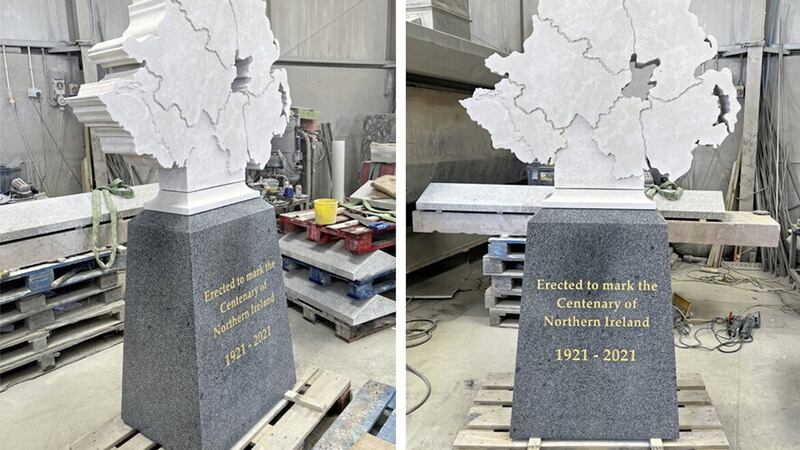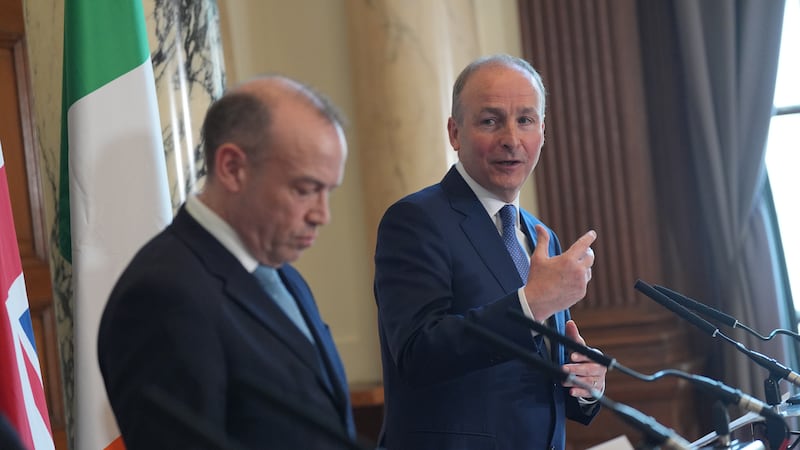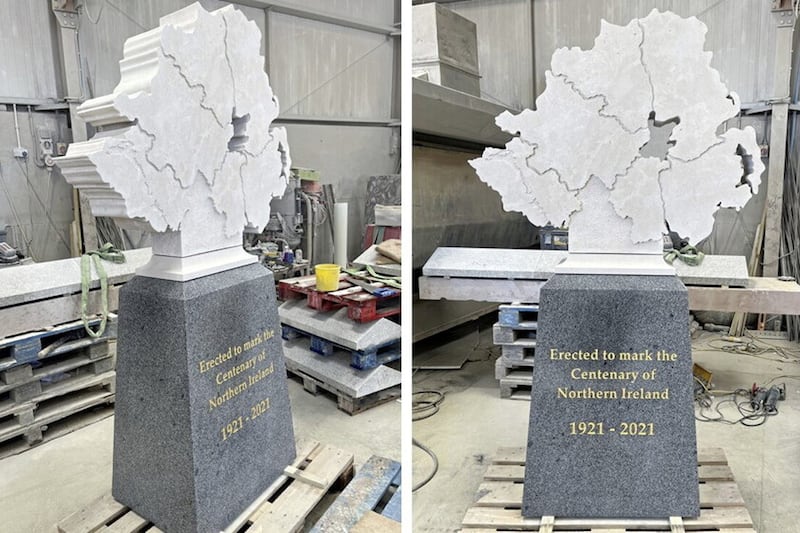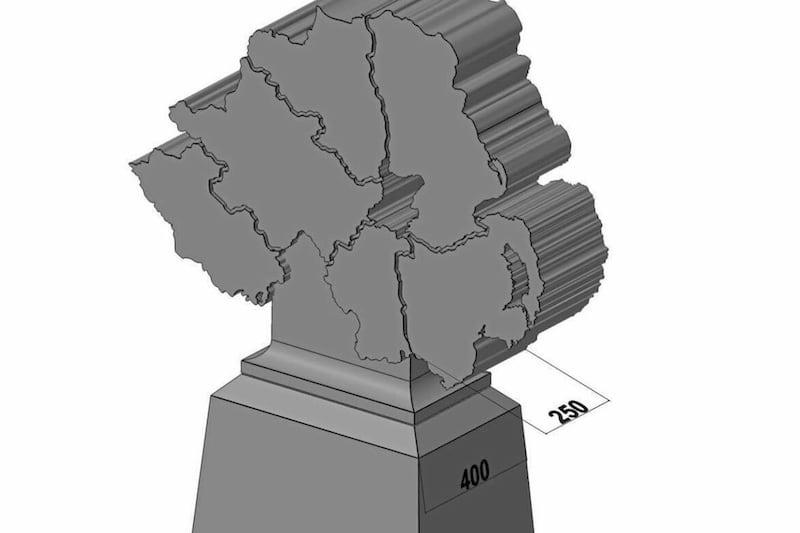Before we begin, let's pause for this week's charity appeal. We are seeking money to help the terrible plight of a small group who desperately need £14,000. Through no fault of their own (well, maybe just a bit) these unfortunates need what Bertie Ahern calls a "dig-out".
Yes, the leaders of unionism's three parties at Stormont are asking for your help to erect a memorial commemorating the 100th anniversary of the state. Could you be so cold-hearted as to refuse?
Their proposal is to erect a memorial stone (eight feet tall and four feet wide) at Stormont. While the three party leaders initially agreed to fund the installation cost at one place, the Stormont Commission wants them to put it elsewhere in the grounds at an additional cost of £14,000.
The ensuing row is another wonderful example of the high quality sectarianism which is the hallmark of every action and reaction in our perpetual political void. This particular row perfectly illustrates unionism's intransigence and nationalism's confusion over whether to govern or destroy the state.
Read more:
Centenary stone a monument to failure and political dysfunction
Unionist parties must meet cost of Stormont stone installation, says SDLP
Patrick Murphy: 'Up the Ra' chants are occupational therapy for the unthinking
First the unionists. The Portland stone sculpture is an outline of the six counties with no geographical connection to the rest of Ireland, or even the rest of the UK, and without Rathlin Island. (Lucky Rathlin). It depicts the north floating in the sea like the fictional island of Atlantis, a literary creation representing pride, overconfidence and arrogance (an appropriate comparison).
If unionists believe the north is an island, they presumably imagine ocean waves lapping gently on the southern shores of Tyrone along the beach at Aughnacloy. ("Visit Northern Ireland, where you can watch the sun go down over the sea at Castlederg and see ocean liners call into Crossmaglen.")
It shows that the core value of unionism is not union, it is self-preserving isolation. The stone is a fitting monument to a belief in a utopian Protestant state for a Protestant people, frozen as a snapshot in history which no modern beliefs or ideas can ever alter.
Nationalism's reaction is equally unreal, but more confusing. Sinn Féin might have pointed out that Portland stone is highly representative of unionism in that it contains many fossils. (But then SF doesn't do satire. Well, not intentionally.)
Formed in the Jurassic period, Portland stone is harder than other limestones, but this sculpture's irregular edges mean it will probably weather at a rate of about 70 milligrams per square metre per day.
SF might have suggested that this is a fitting depiction of the state because it will eventually be dissolved by rain, leaving only what appears to be a granite base. (But maybe SF does not know that sort of thing.)
Alternatively, they could have gone all republican and pointed out that Portland stone is inappropriate because it is quarried close to Portland Prison, one of the jails where Dungannon's Tom Clarke was imprisoned and tortured for 15 years. His was the first signature on the 1916 Proclamation. (Maybe they do not know that sort of thing either).
Instead, they said they were "opposed to a stone to celebrate partition", even though they agreed to partition in the Good Friday Agreement.
They complained that it "reflects only one political perspective". (No, you may not suggest that to be totally inclusive, unionists should erect the memorial and then allow nationalists to blow it up.)
So, like the row over the naming of Craigavon and the Queen's Bridge 60 years ago, the political focus here is still on symbolism rather than reality. If the two major parties at Stormont want to erect a memorial, they might like to commemorate the NHS which they have effectively crippled.
Or maybe they could erect a statue marking the sacrifices of parents who go without food to pay for their children's school uniforms. Perhaps, best of all, they could forget about memorials and put people before political profiteering.
Of course, anything from the Jurassic age has one great advantage. It reflects our politics perfectly.








